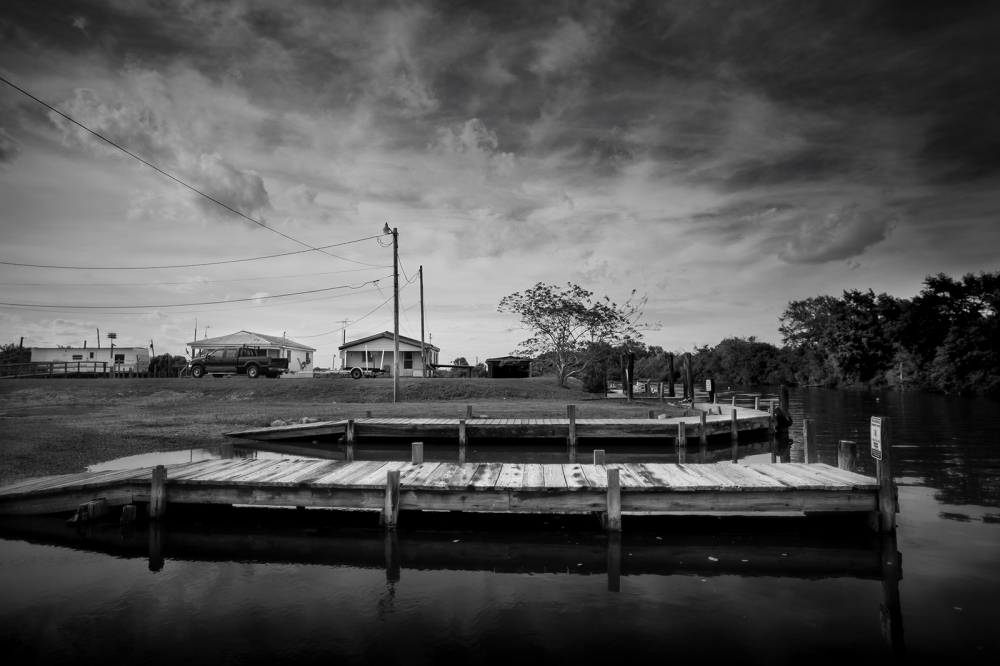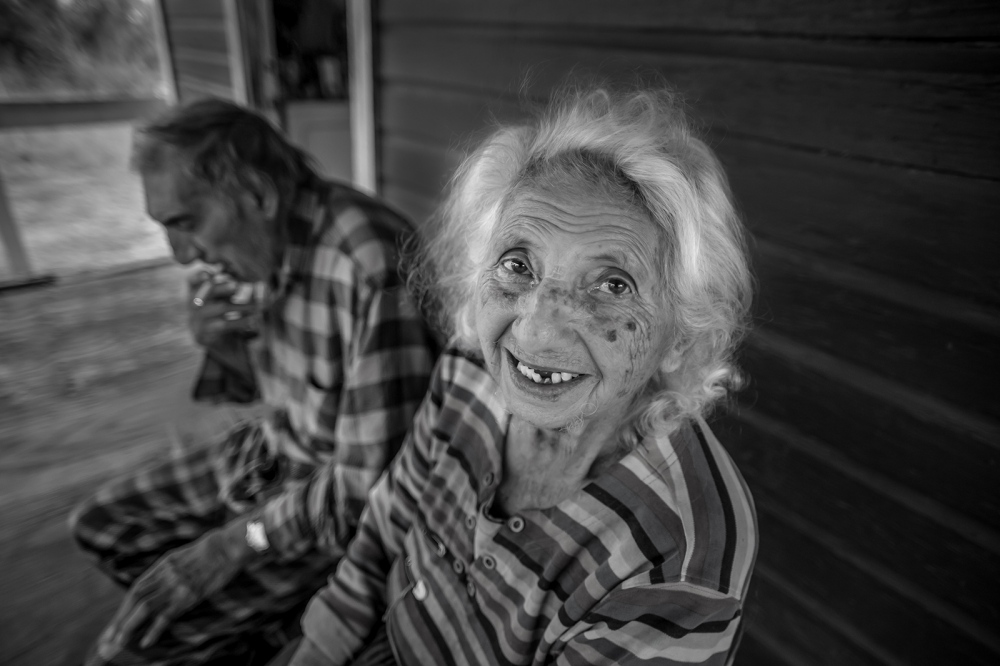The First Climate Refugees
Residents of a tiny barrier island at the bottom of "de" boot of Louisiana are struggling with a hard choice. Stay in their homes and battle the issues of drastic environmental challenges or give up their way of life and permanently resettle farther inland. The island known as Isle de Jean Charles, is occupied mostly by a Native American Cajun Community for the past 170 years. The residents are descendants of the Biloxi-Chitimacha, and Choctaw Tribes.
The island is plagued by a plethora of environmental issues. Some of these causes are natural and many are man made. The human causes would include the creation of dams, levees, water diversion systems, dredging of canals and the digging of oil pipelines. The levees built to control the Mississippi River and protect communities from floods also cut off the marshes from the sediment and nutrients it needs to survive. Canals dredged for oil and gas pipelines and drilling introduced saltwater into the freshwater marshes therefore killing the ecosystem. The canals also invited more storm surges causing farther erosion of land during hurricanes.
The current community on Isle de Jean Charles can be traced back to a Frenchman name Jean Marie Naquin who married a Native American named Pauline Verdin in the early 1800's. At the time mixed race marriages were socially unacceptable so the family moved to this secluded island. Most of their children also married Native Americans and raised their families on the island. The current population is made up of mostly decedents of this family.
Just a few generations ago the land was 5 miles wide had pastures with cows and featured exotic cypress, willow and oak trees. But the encroachment of salt water has destroyed most of the trees and the land has reduced down to a fragment a quarter of a mile wide now. A small levee was built to protect people but ended up farther killing the ecosystem of the island's bayou. Oil companies built a road to the island in 1953, but road is often flooded due to the erosion of the nearby wetlands.
Southern Louisiana is losing more landmass quicker than anywhere else on earth. It took thousands of years to create the Coastline of Louisiana but only 75 years for humans to mutilate a third of it. It is estimated that we lose a football field size of land every 48 minutes and as much as the size of Manhattan every year.
In 2016 the federal government recognized the vulnerability of the tribe and awarded the State of Louisiana $48 million dollars to resettle the residents of Isle de Jean Charles to higher land. This fact makes the community the first ever climate refugees.
I plan to document this community on what is left of this island as some hold out and others resettle closer to Houma, Louisiana.






































